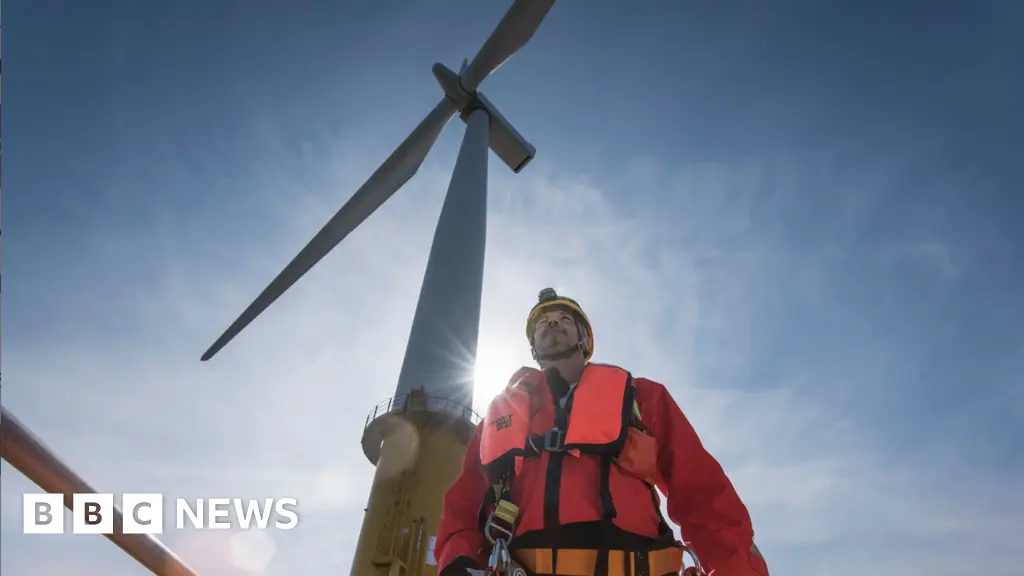- cross-posted to:
- uk_infrastructure
- cross-posted to:
- uk_infrastructure
A total of nine offshore wind farm contracts have been awarded by the government after last year’s auction failed to attract any bidders at all.
The contracts are part of a wider slate of green energy projects that also include tidal and solar power, and will provide enough electricity to fuel the equivalent of 11 million UK homes, the government said.
However, while the new offshore wind projects have been broadly welcomed, some experts questioned whether they would generate enough capacity to meet renewable energy targets set for 2030.
…
On Tuesday, a total of 131 contracts have been awarded to firms for projects which will generate 9.6 gigawatts (GWs) of renewable energy.
The new offshore projects include what will be Europe’s largest and second-largest wind farms, Hornsea 3 and Hornsea 4, which will be built off the Yorkshire coast by Ørsted, the Danish energy giant that is majority-owned by the state.
The Labour government is aiming to produce 60GW of energy through offshore wind farms by 2030.
The offshore wind farm projects announced on Tuesday provide capacity of 4.9GW.
Pranav Menon, a research associate at Aurora Energy Research, said the government still has some way to go to meet its goal.
“It still falls short of the pace required to meet its ambitious targets,” he said.
60GW by 2030 just by wind? Is that total or additional? Any idea what we’re at currently (peek capacity)?
The UK has today hit a historic milestone of 30 gigawatts (30,000 megawatts) of wind generation capacity. The opening of SSE Renewables’ Viking Wind Farm on the Shetland Islands boosted the country’s capacity by 443MW, taking the total past the 30GW threshold.
…
The UK’s first commercial onshore wind farm, Delabole in Cornwall, went operational in 1991, and the first offshore wind project off the coast of Blyth in the north east of England began generating in 2000. Initially, wind deployment climbed slowly to 1GW in 2005 and grew to 5GW in 2010, before expanding rapidly to 10GW in 2013 and 15GW in early 2017. Capacity has subsequently doubled in just seven years to reach the 30GW milestone.
It’s split almost 50/50 with offshore capacity currently running at 14.7GW, onshore at 15.6GW. Source.
Considering the criminal underinvestment in onshore under the Tories that is still an impressive amount and shows how we can really push that angle hard too.
So the government plan to get to 60GW of offshore is… ambitious. Doable if you include onshore.
60GW would be about 50% over capacity for our national needs. That’s the sort of level where the gaps can be made up through solar and storage.
windmills are a social construct.



